CULTURE & HISTORY
Swap Kandy for Jaffna
Kandy is home to one of Sri Lanka’s greatest and most-visited Buddhist sites, the Temple of the Tooth, and is busy with tourists and devotees from across the island. For a quieter cultural buzz, head to Jaffna, in the far north. Identifying more with southern India, this vibrant Tamil city, now seeing a resurgence in visitors after years of civil war, is fascinating, and still off the radar for most tourists. Must-sees include the sacred Nallur Kandaswamy Hindu temple, Hindu and Buddhist shrines on Nainativu Island, Delft Island’s beaches, wild ponies and the ruins of a Dutch fort, and Point Pedro, the island’s northernmost tip.
Swap Sigiriya for Yapahuwa

With ruins atop and around a 180-metre granite outcrop, Sigiriya, near Dambulla, is one of Sri Lanka’s most spectacular sites, but its narrow staircases can be frustratingly slow going when visitor volume is high. As an alternative, make for Yapahuwa, a couple of hours west. This former 13th-century royal capital crafted out of an outcrop half the height of Sigiriya even hosted the Buddha’s tooth that’s now in Kandy (see above) for a time, though few visitors make it here now. The highlight is a steep, narrow-stepped ornamental staircase, flanked by finely sculpted lions, elephants, dwarfs and goddesses, leading to a doorway, which is all that remains of the palace. The top of the rock was not built upon, but it is worth the scramble up there for the 360-degree views.
Another tip: Those who really don’t want to miss Sigiriya can still escape the crowds (and the £25 ticket price for foreigners) by scrambling up Pidurangala rock, about a mile away. It offers unbeatable views, from a unique northerly perspective, of the seventh-century citadel, and costs just £2.50. The monastery here actually predates Sigiriya, and various temple relics can be seen as you climb.
Swap Dambulla for Mulkirigala

Mulkirigala’s 2,000-year-old cave temples are the south coast’s answer to Dambulla’s Golden Temple, and worth a visit if you’re not going to the Cultural Triangle. The seven Buddha-adorned sanctuaries are carved out of a 206-metre rock, and accessed via stone staircases and breath-catching terraces. The most significant of these is the Rajamaha Vihara, where ola-leaf manuscripts, discovered in 1826, facilitated The Mahavamsa, Sri Lanka’s historical chronicle, to be translated for the modern age. At the top is a stupa for absorbing the 360-degree views.
WILDLIFE
Swap Yala national park for Wilpattu national park

Visitors are drawn to Yala by the wild leopards. However, even if they spot one, the cacophony of hundreds of vehicles clamouring around the park can make for a less-than-tranquil experience. A worthy alternative is north-westerly Wilpattu, a much larger and arguably more beautiful reserve that sees far fewer visitors. Although wildlife is shyer here, the park is home to leopards, sloth bears, crocodiles, elephants, deer and many bird species.
Swap Minneriya national park for Gal Oya national park

Minneriya’s annual gathering of elephants from August to October – it has the best dry-season feeding – is one of nature’s great spectacles, but for the rest of the year a safari here is underwhelming. Gal Oya national park is a barely touched reserve that encompasses the island’s largest inland body of water, Senanayaka Samudra lake. Its unique boat safaris offer superb opportunities to spy elephants bathing in the water or feasting on the grassy shore.
Swap whale watching in Mirissa for Trincomalee
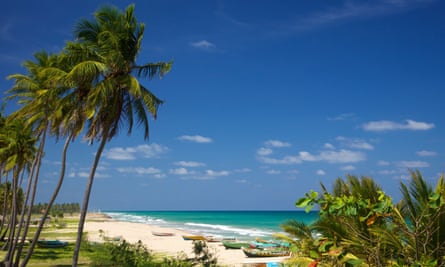
Sri Lanka is one of the best places in the world for blue whale watching and Mirissa on the south coast is the island’s main focus, offering consistent sightings between December and April. However Trincomalee in the north-east is rapidly emerging as a second, equally impressive, hub. Migrating blue, and sometimes sperm whales pass here in March/April and August/September, and are regularly sighted, alongside spinner dolphins, within 30 minutes of the shore. One fine place to spy them is from clifftop Swarmi Rock, a temple-topped promontory in the south of the town.
BEACHES
Swap Bentota for Kalpitiya
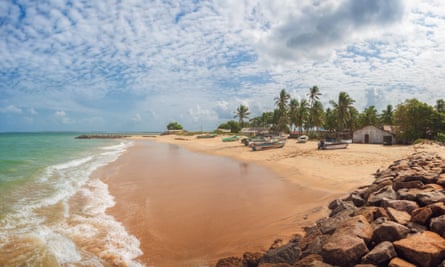
Jet skiing, banana boating, water skiing and deep-sea fishing are all on offer at Bentota, Sri Lanka’s unofficial water sports capital, but for kite-surfing, north-westerly Kalpitiya peninsula is the place to be. May to September, when wind speeds reach 20-30 knots, is the best period for this high-energy sport, which can be done out on the lagoon (good for beginners) or at sea; many hotels are set up for kite-surfers. Kalpitiya also offers whale- and dolphin-watching cruises without the crowds, while Bar Reef, a couple of miles offshore, is one of the island’s best-preserved marine sanctuaries, teeming with tropical fish.
Swap Hikkaduwa for Hiriketiya

Hikkaduwa, in the south west, used to be the place to surf, but the sharp rise in the number of surfers “discovering” Sri Lanka’s many breaks has resulted in a spread south and east, as surfers search for less crowded breaks, holistic experiences (such as yoga) and pristine locations. One current favourite is Hiriketiya, east of Dikwella, whose deep, intimate and as-yet-unspoiled bay is fringed by thick stands of coconut palms. It’s gaining a reputation as a chilled surf and yoga destination, and offers a central break for beginners and a fun reef break for experienced surfers. There are other breaks, such as at Talalla, a tuk-tuk ride away.
Swap Arugam Bay for Kalkudah
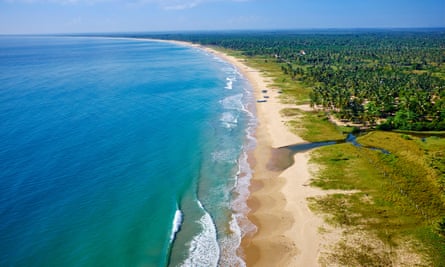
Buzzy Arugam Bay is a favourite with surfers and budget travellers, however you can completely escape the crowds at Kalkudah, a three-hour journey up the east coast. The long sweep of beach here is brilliantly pristine, and the scene – fishermen with red betel-mouthed grins repairing nets beneath swaying palms – has changed little in decades. May to October is the best time to visit and, unlike Arugam Bay and the south and west coasts, the sea is completely flat, a piercing turquoise blue, and shallow for 50 or so metres out to sea. There are simple guesthouses in the village serving local food, but mercifully, nothing yet on the beach itself.
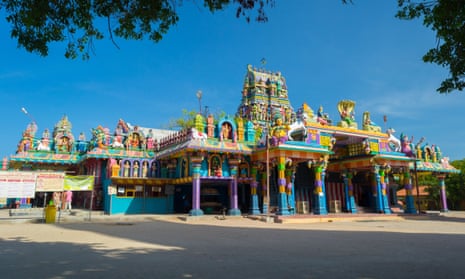
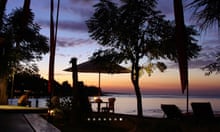



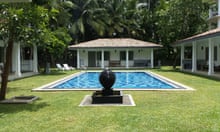
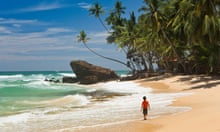

Comments (…)
Sign in or create your Guardian account to join the discussion